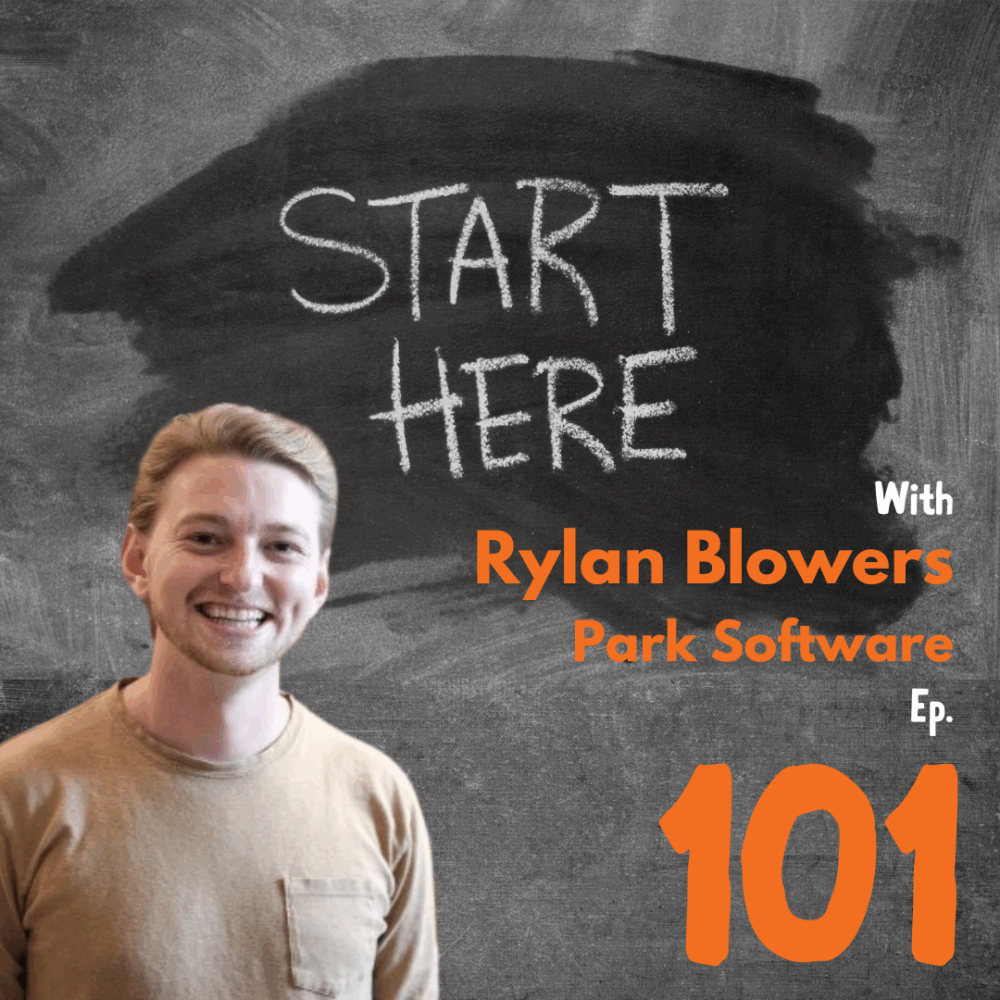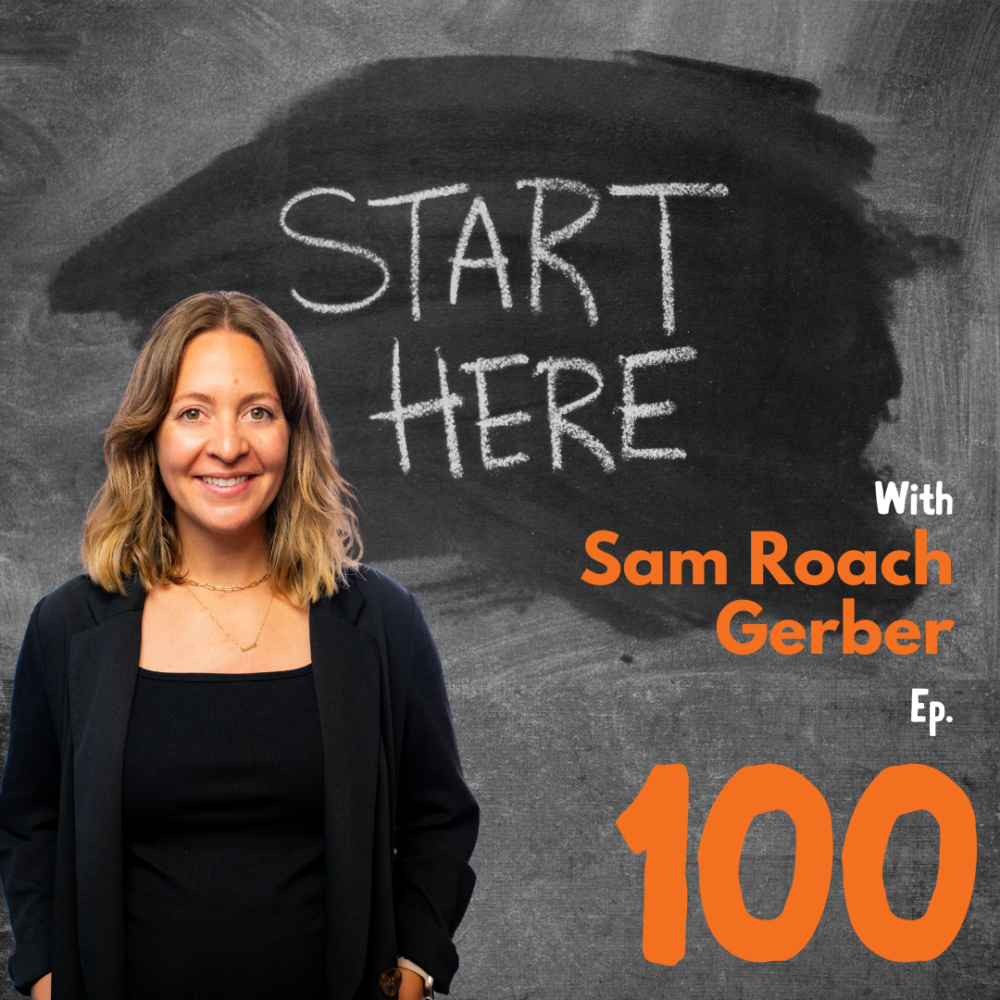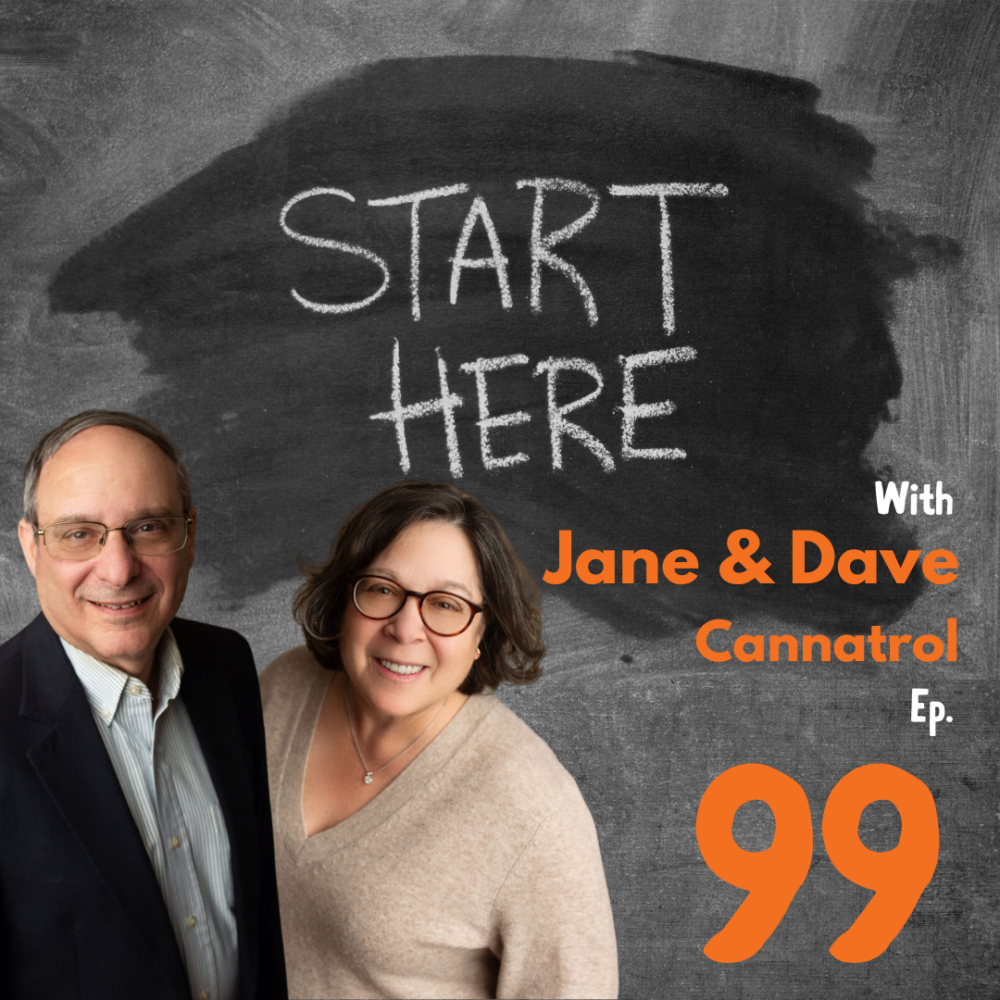Grayson Zulauf / Resonant Link
Start Here Podcast | Episode #88 | 03/14/24
We sat down with Dr. Grayson Zulauf, CEO of Resonant Link, creators of the world’s smallest and fastest wireless chargers. This episode is a candid conversation about what it takes to start and scale a company that crosses multiple industries, revolutionizing how some of the world’s most important technologies power up. Grayson covers the reality of fundraising, the importance of your team, and the advantages of being based in Vermont. Whether you’re starting or scaling your company, this episode offers a quick dose of invaluable advice to help fuel your journey.
Are you interested in learning more about Vermont’s entrepreneurial success? Make sure you check out our Instagram and LinkedIn, or simply get the scoop from our newsletter!



